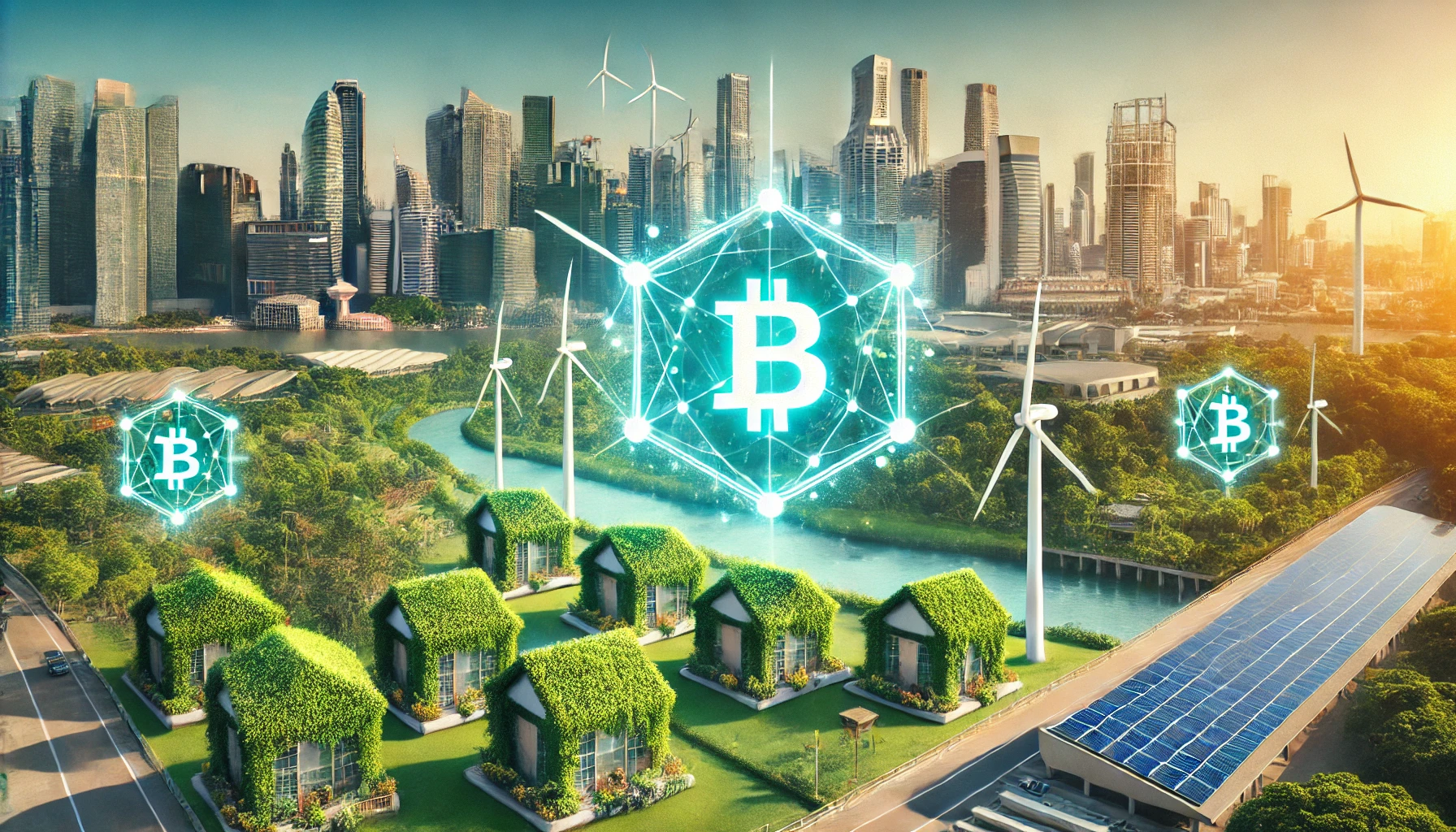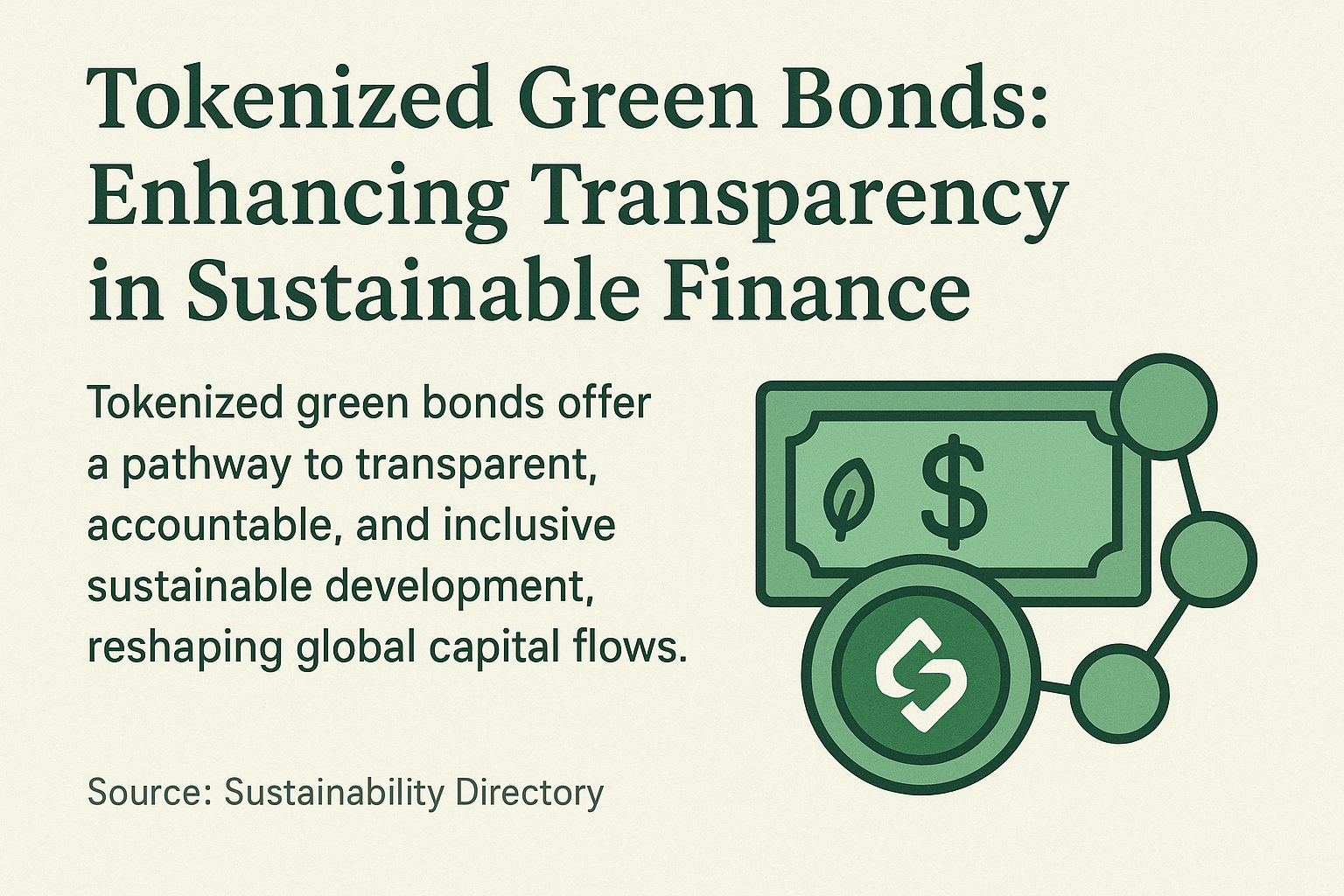As the world grapples with environmental challenges, innovative solutions are emerging to integrate sustainability into financial systems. Among these, the tokenization of real-world assets (RWAs) has gained prominence, offering a promising avenue to enhance liquidity, security, and transparency while addressing sustainability goals.
What Are Tokenized RWAs?
Tokenized RWAs represent physical or tangible assets, such as real estate, commodities, or infrastructure projects, converted into digital tokens on blockchain platforms. This process involves creating a digital representation of the asset, which can then be traded, divided, or used as collateral, leveraging blockchain’s immutable and transparent ledger.
The Rise of Tokenized RWAs
The market for tokenized RWAs has grown significantly, reaching $8 billion in total value locked (TVL) in 2024. This growth highlights increasing trust and interest in the potential of blockchain technology to transform traditional financial systems. Notably, tokenized RWAs are now being used as tools to promote sustainability.
Enhancing Sustainability Through Tokenized RWAs
- Funding Green Projects Tokenization enables fractional ownership, allowing a broader pool of investors to fund renewable energy projects, green infrastructure, and sustainable real estate. By breaking down high capital barriers, tokenized RWAs democratize access to funding for eco-friendly initiatives.
- Transparency and Accountability Blockchain’s inherent transparency ensures that funds raised for sustainability projects are used as intended. Investors can trace the flow of money and monitor the impact of their investments in real time, building trust and encouraging further contributions.
- Carbon Credit Markets Tokenized RWAs are revolutionizing the carbon credit market by making credits more accessible and tradable. Digital tokens representing verified carbon offsets allow individuals and organizations to support carbon reduction initiatives efficiently.
- Circular Economy Investments Tokenization facilitates investments in circular economy projects, such as recycling plants or sustainable manufacturing facilities. These projects benefit from increased liquidity and easier access to capital, enabling their scalability and broader environmental impact.
Real-World Examples
- Renewable Energy: Platforms are tokenizing solar farms and wind turbines, allowing investors to own shares in these projects and earn returns based on energy production.
- Sustainable Agriculture: Tokenized RWAs are used to fund eco-friendly farming practices, including organic farms and precision agriculture technologies.
- Green Bonds: Governments and corporations are issuing tokenized green bonds to finance climate-friendly initiatives, leveraging blockchain to enhance trust and efficiency.
Challenges and Opportunities
While tokenized RWAs present immense potential, challenges remain. Regulatory frameworks must evolve to accommodate this innovation, and technological barriers such as interoperability and scalability need to be addressed. However, with continued collaboration between stakeholders, tokenized RWAs could play a pivotal role in achieving global sustainability goals.
Tokenizing real-world assets is more than a technological breakthrough; it’s a bridge to a more sustainable future. By integrating financial innovation with environmental responsibility, tokenized RWAs pave the way for a greener, more inclusive economy. As this market continues to expand, it holds the promise of driving meaningful change in the fight against climate change while transforming traditional financial markets.




